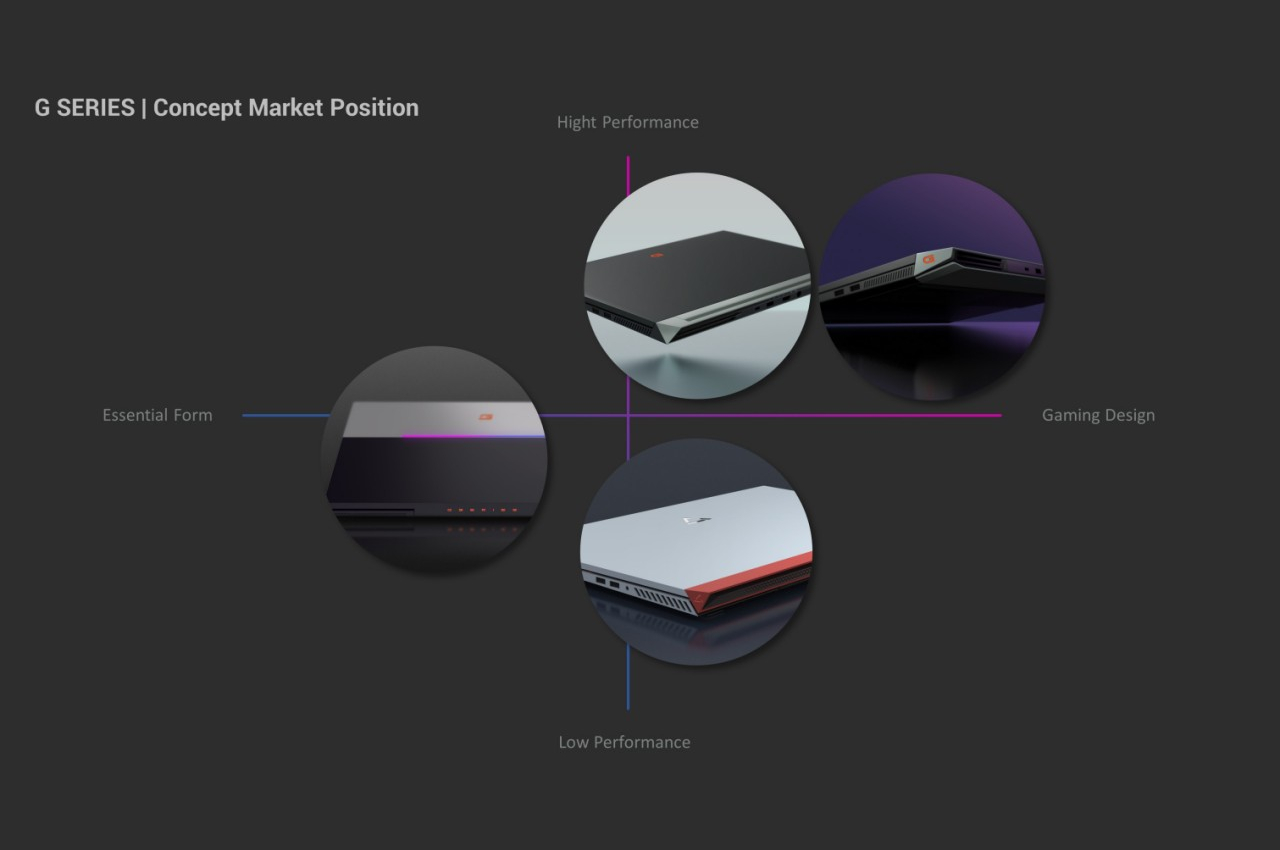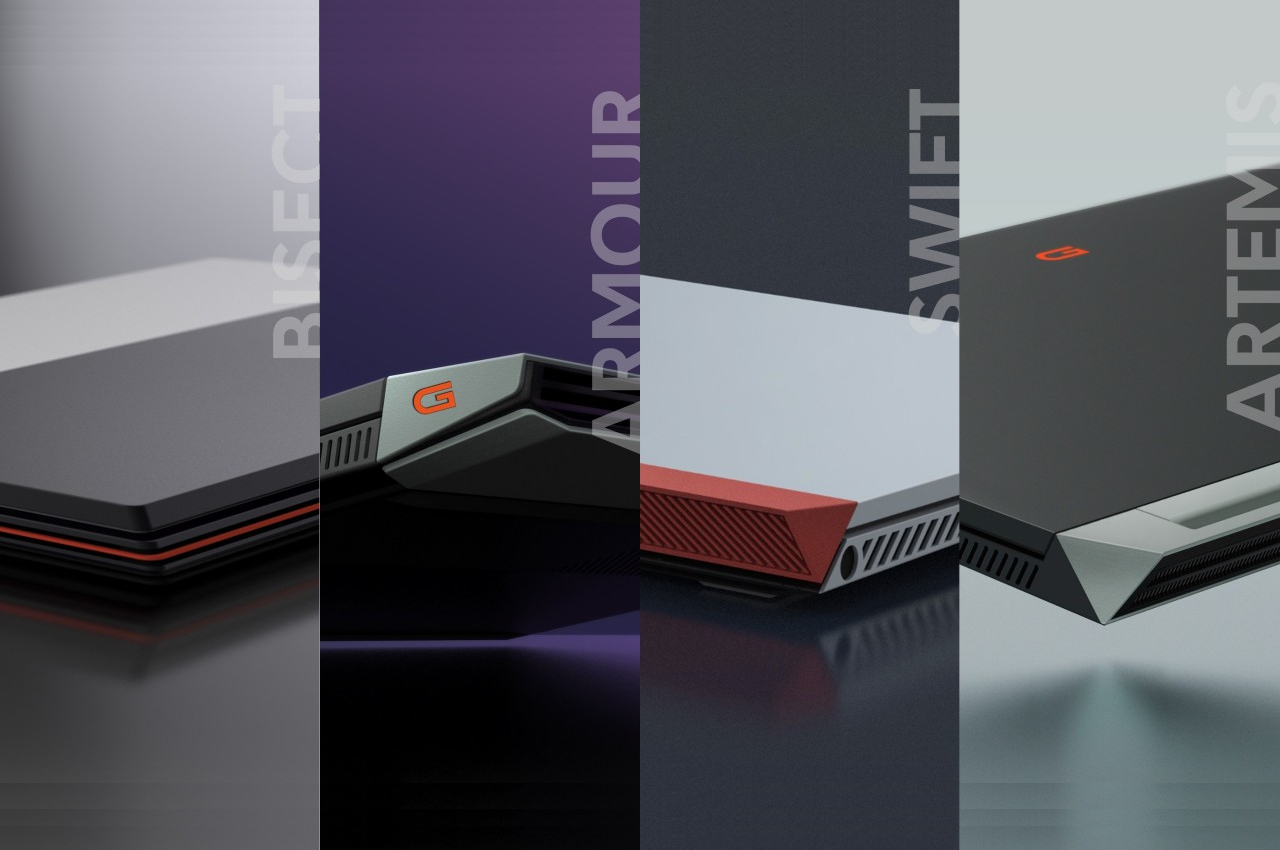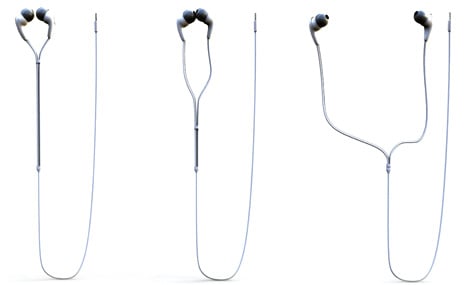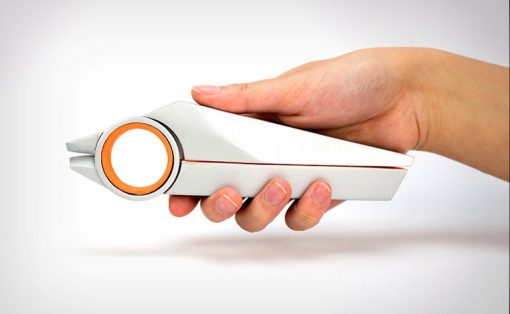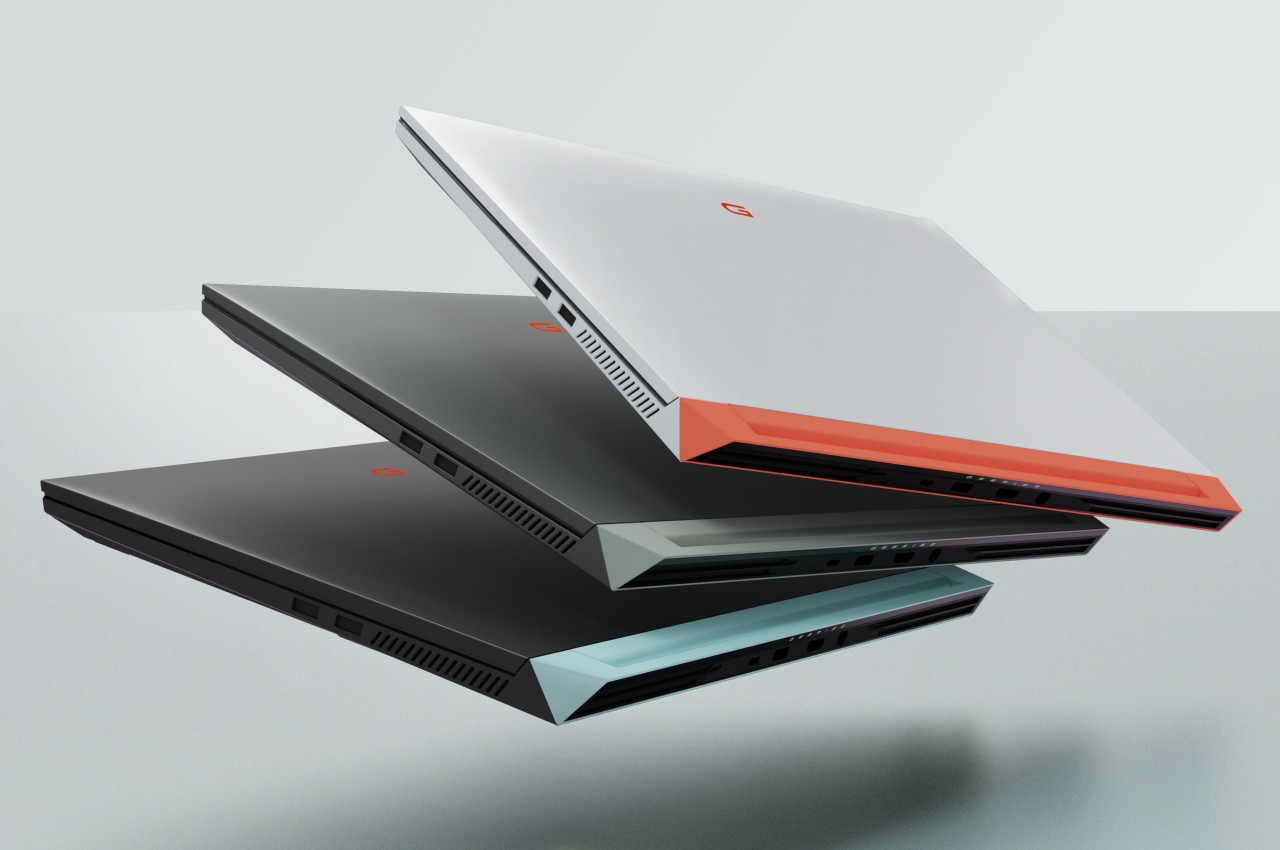
Gaming laptops have been around for years almost decades, and most of them share a similar design pattern that takes its cues from gaming desktops. There is almost a stereotype that gamers prefer bulky chassis with predominantly black finishes and bold, sometimes blinding RGB lighting, but as the number of gamers grows each year, so do the tastes in aesthetics. Some PC gamers today would prefer that their laptop look sleek and elegant like a MacBook, maybe even as thin as one, too. Others, however, would like a design language that bridges these two worlds harmoniously, and that is the concept that this Dell-inspired laptop series tries to show, creating an aesthetic that is still uniquely gamer-centric without being overbearing or gaudy.
Designer: Wei-Yi Li
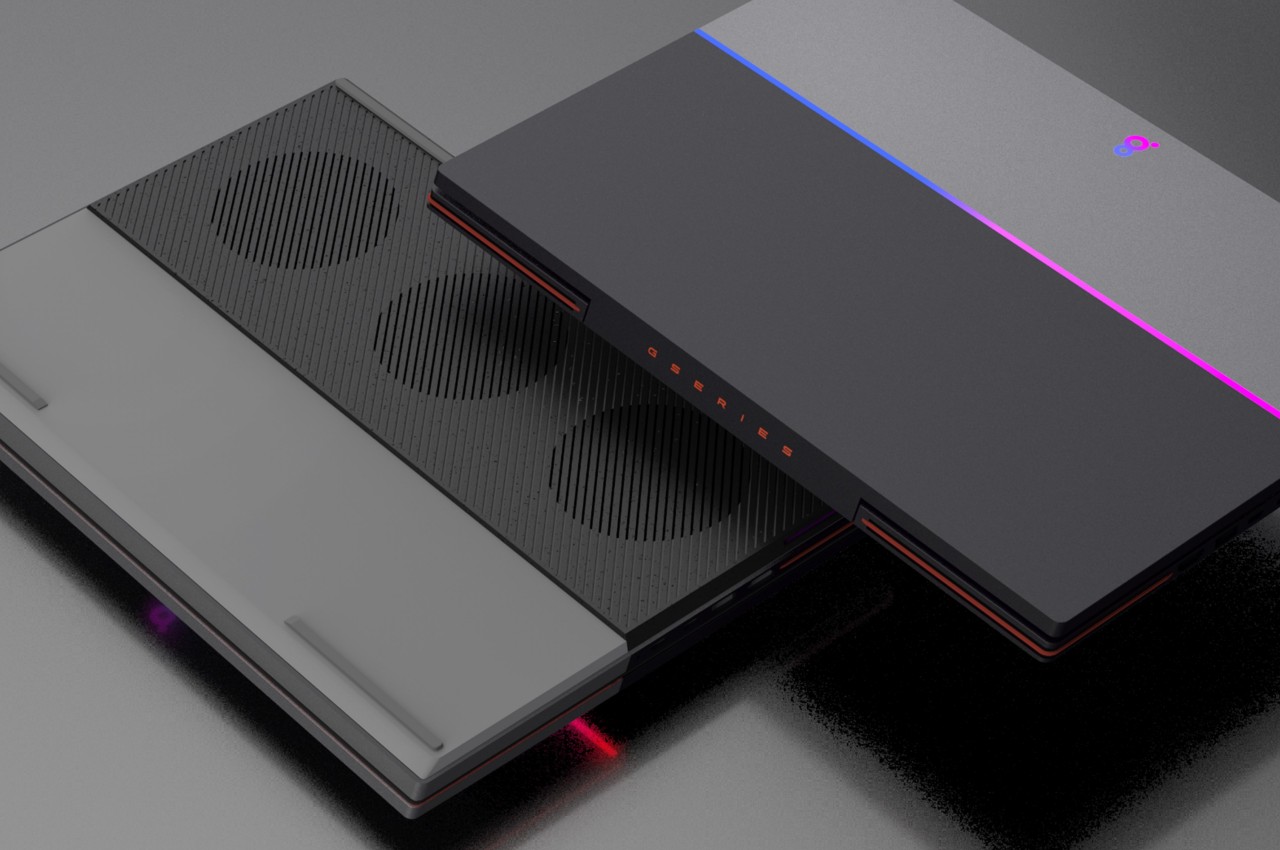
Part of the reason why gaming laptops look like they’re miniature tanks is because of the technical considerations in cramming as much powerful hardware in such a small space. That said, the mainstream design language for these portable gaming computers has also stuck closer to desktops in their love for black or dark bodies with RGB highlights, but even that has been changing lately. Dell’s own Alienware gaming brand, for example, introduced a new “Legend” design language that introduced curves and lighter finishes in both desktops and laptops alike.
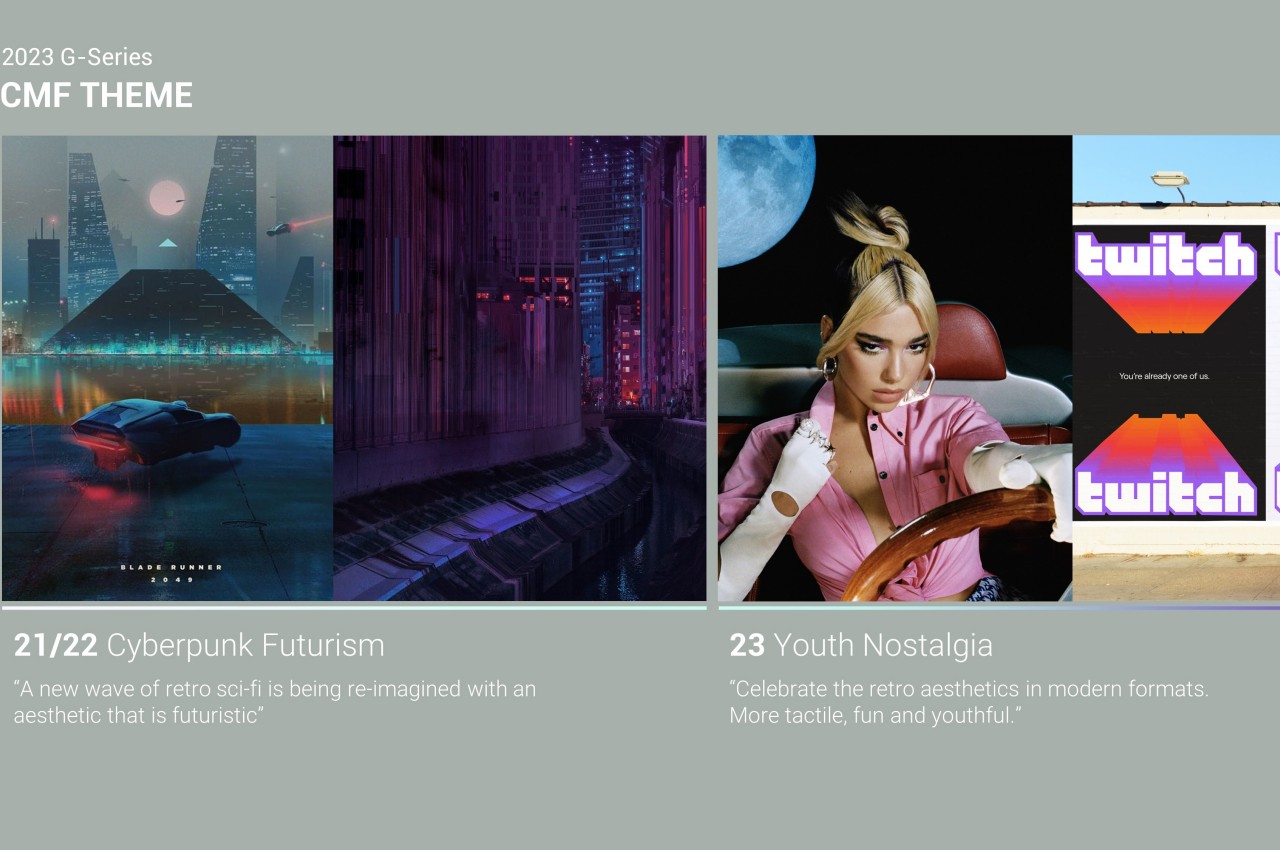
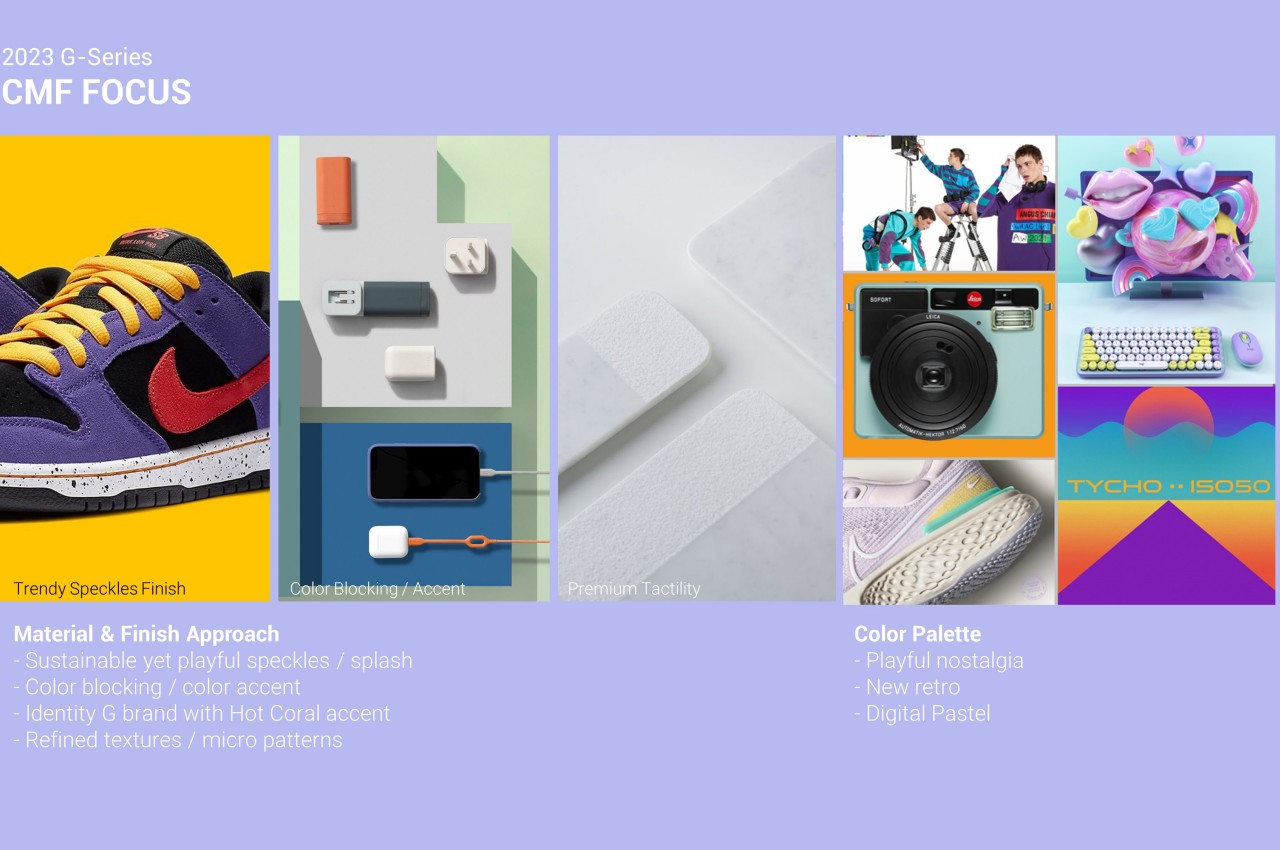
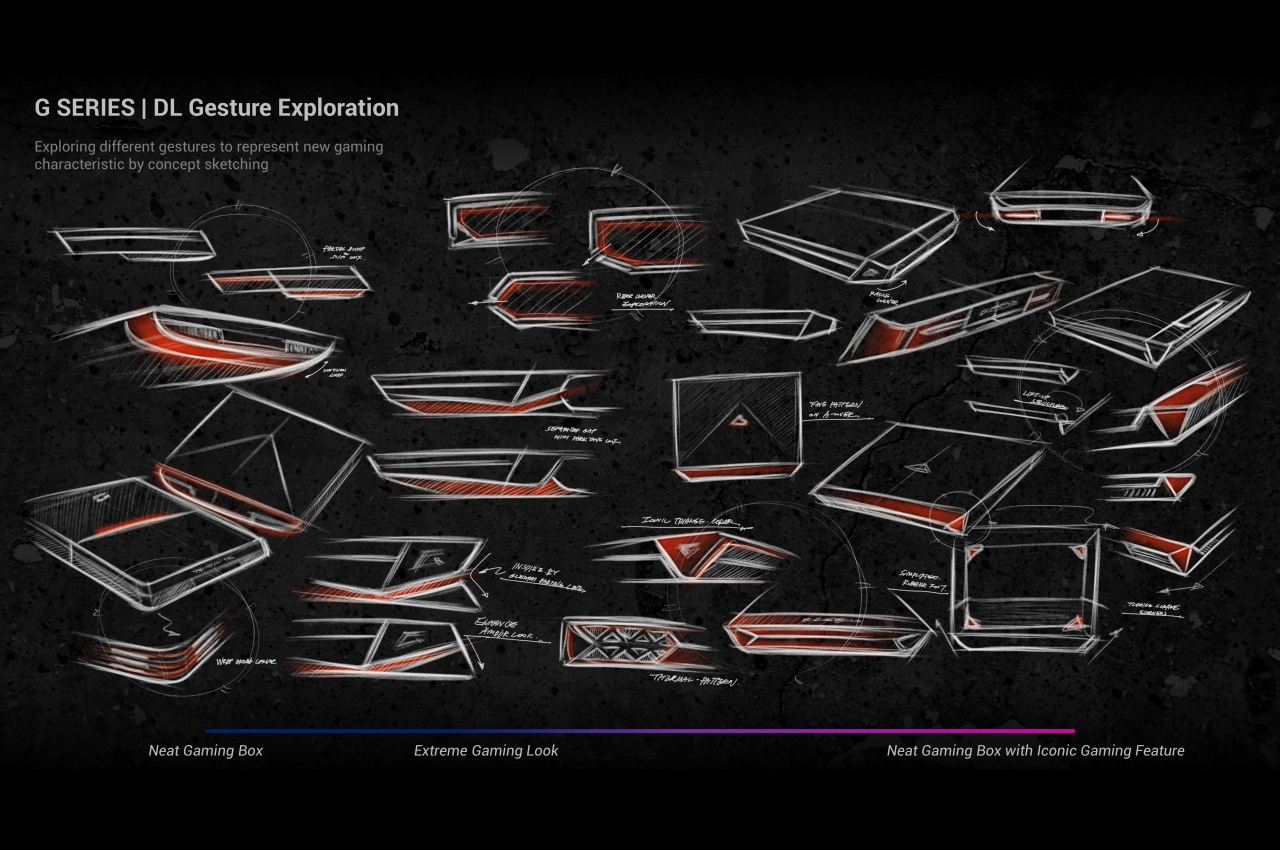
This Dell G-Series laptop concept takes that in a slightly different direction, one that tries to bring the best of both worlds together. On the one hand, the design language isn’t limited to just black or dark hues and, in fact, sometimes combines contrasting colors to great effect. On the other hand, the shapes still remain muscular and angular like traditional gaming laptop designs, adopting more geometric patterns that add visual interest to the laptop’s profile.
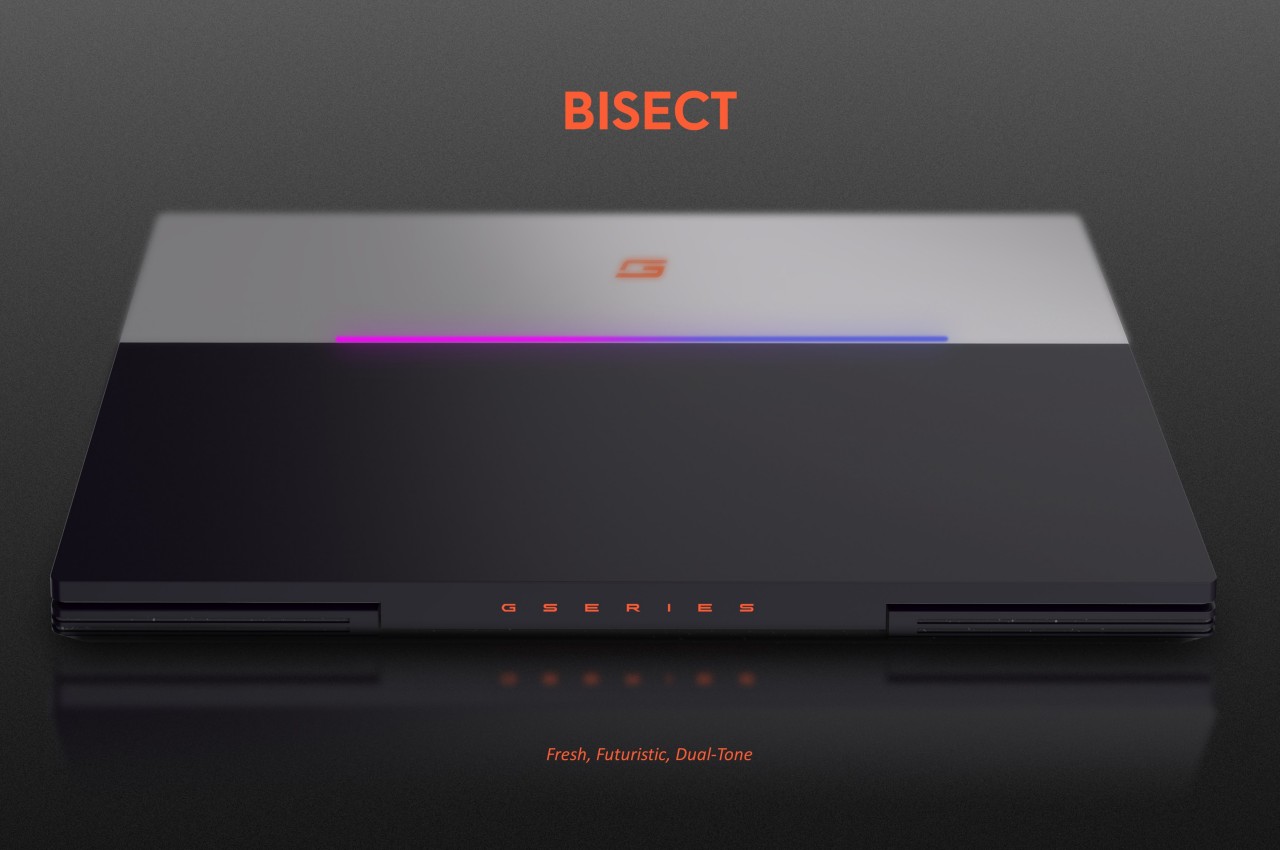
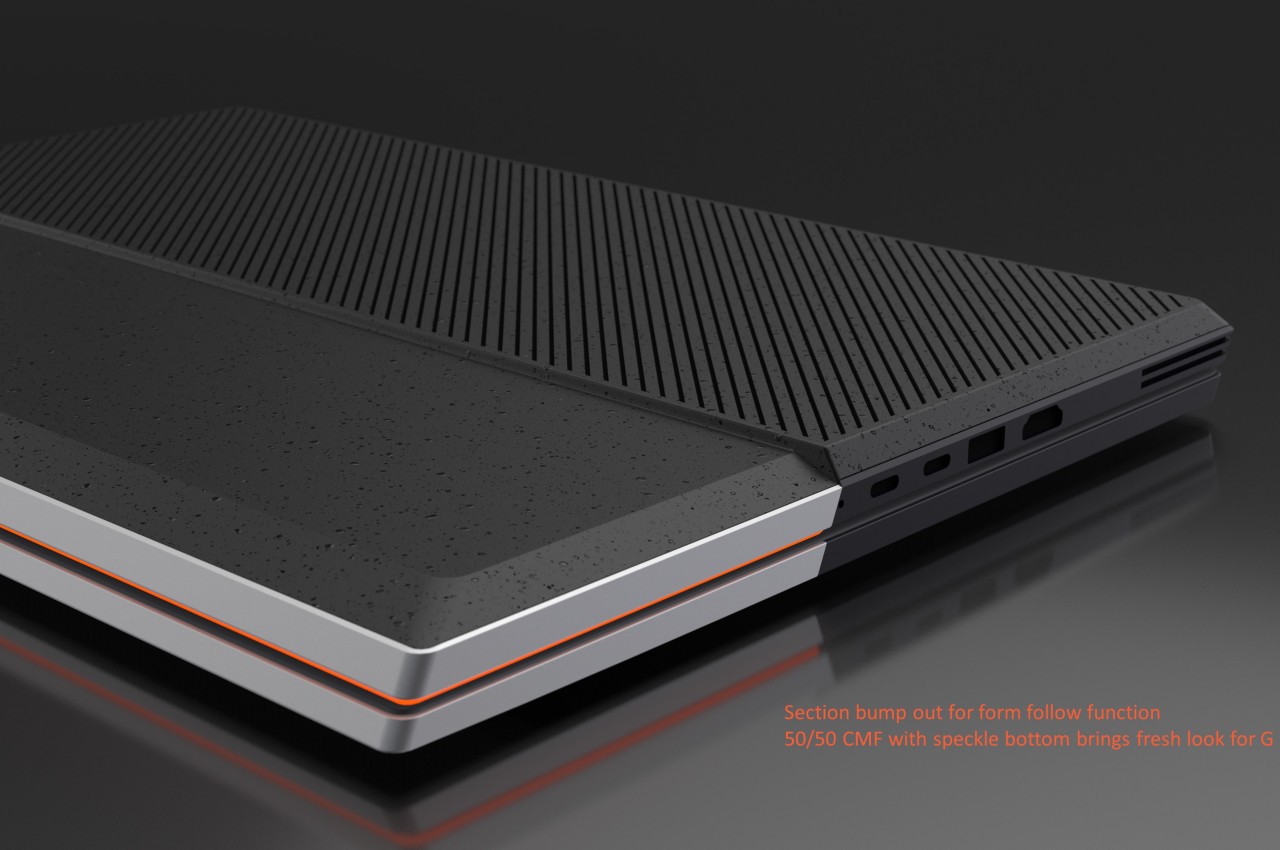
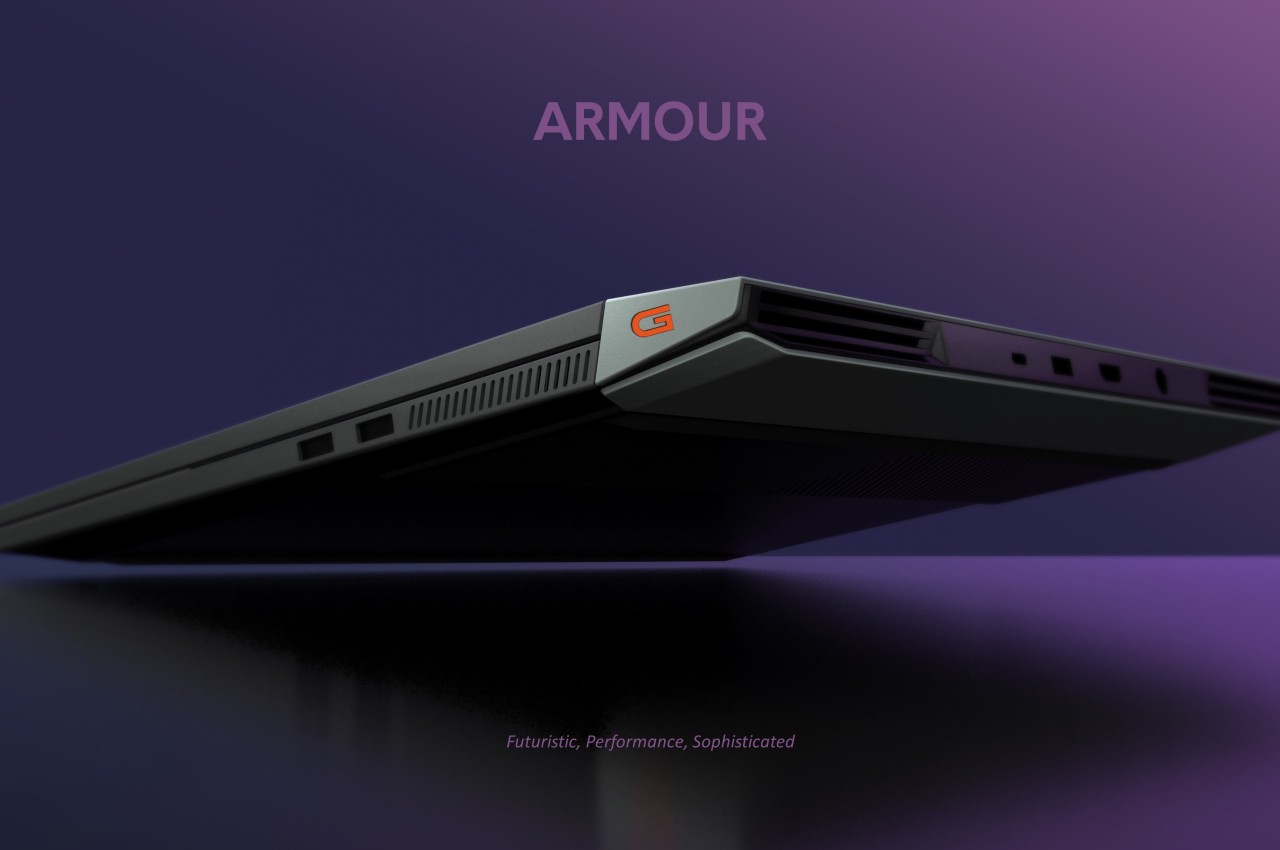
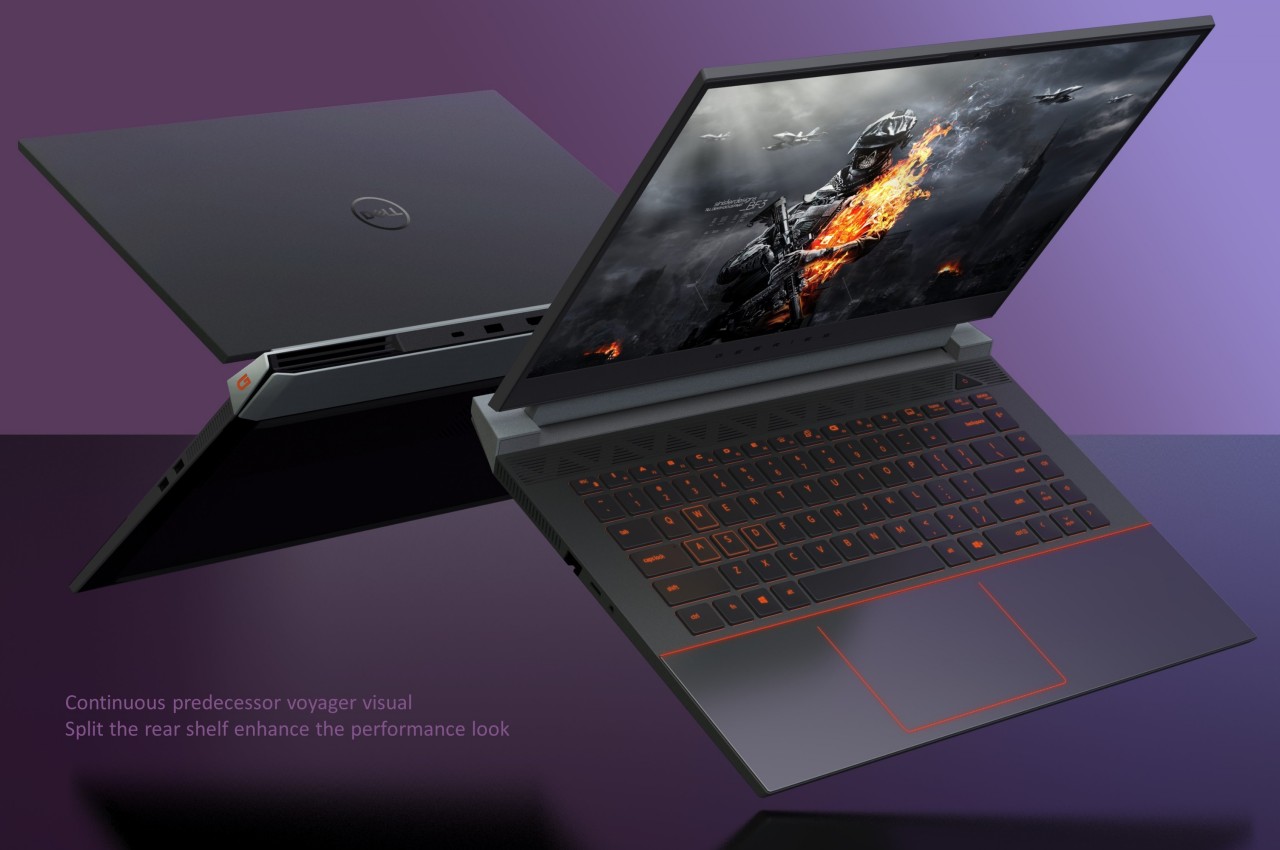
The Bisect design, for example, has a lid split between black and silver panels with an LED strip bridging the two halves. The edges, while flat and straight, have a noticeable incline that adds a bit of edginess to the design. Armor, on the other hand, is a bit more traditional, but the tapered rear shelf is visually separated from the rest of the body by a different color and material. Swift, as the name implies, tries to embody the spirit of agility with a light-colored body and a red hinge that acts as a built-in riser for the laptop. Its clean lines and minimalist design also make it well-suited for casual uses in addition to gaming. Finally, Artemis emphasizes thermal performance and its iconic design element is a triangular rear that houses the laptop’s hinge.
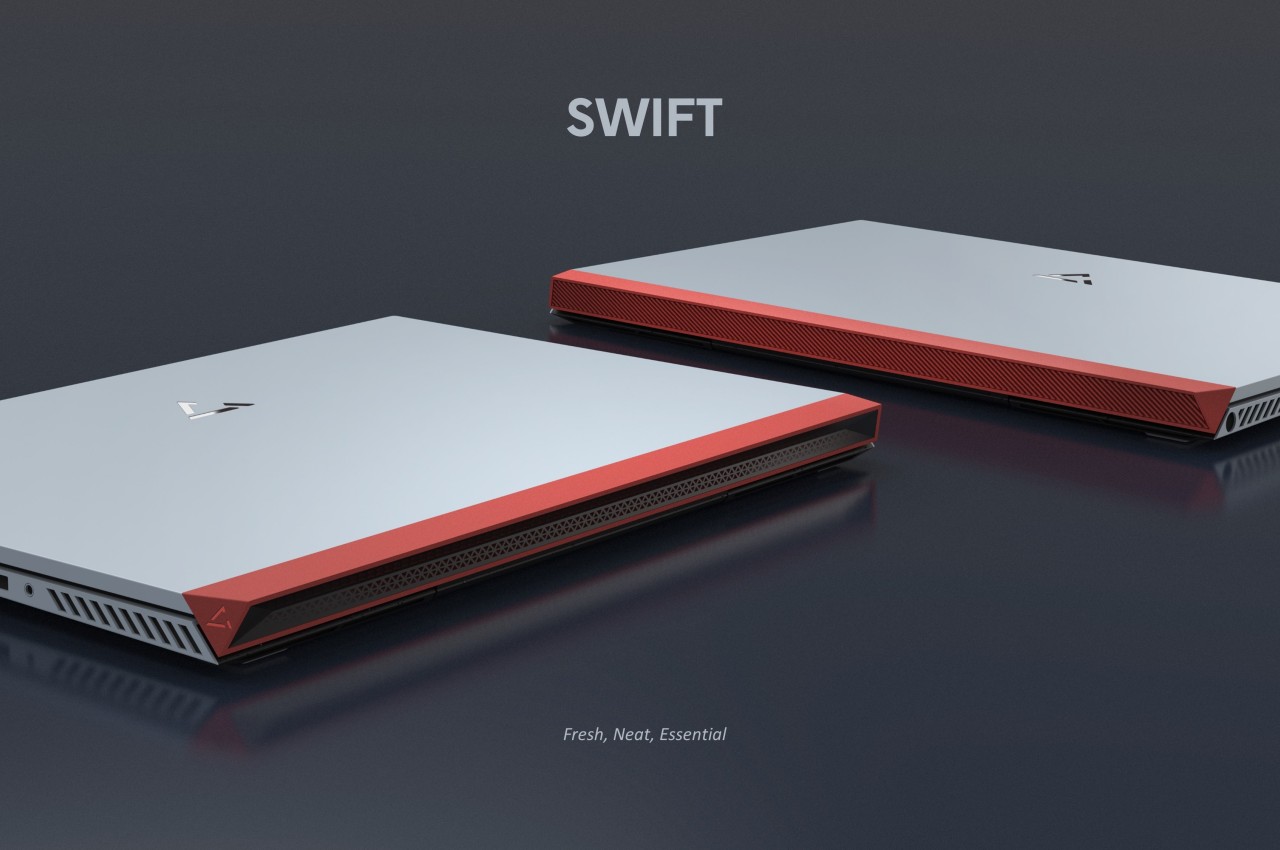
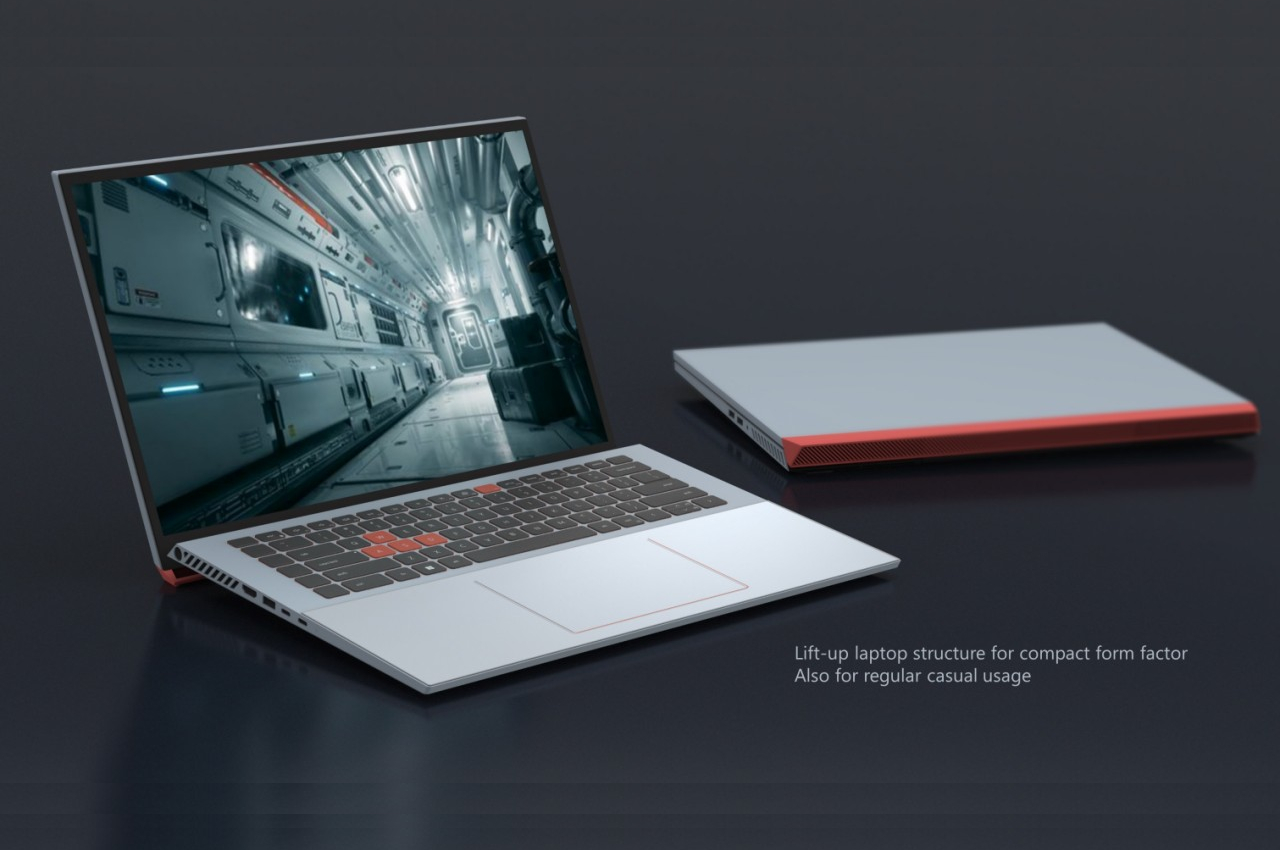
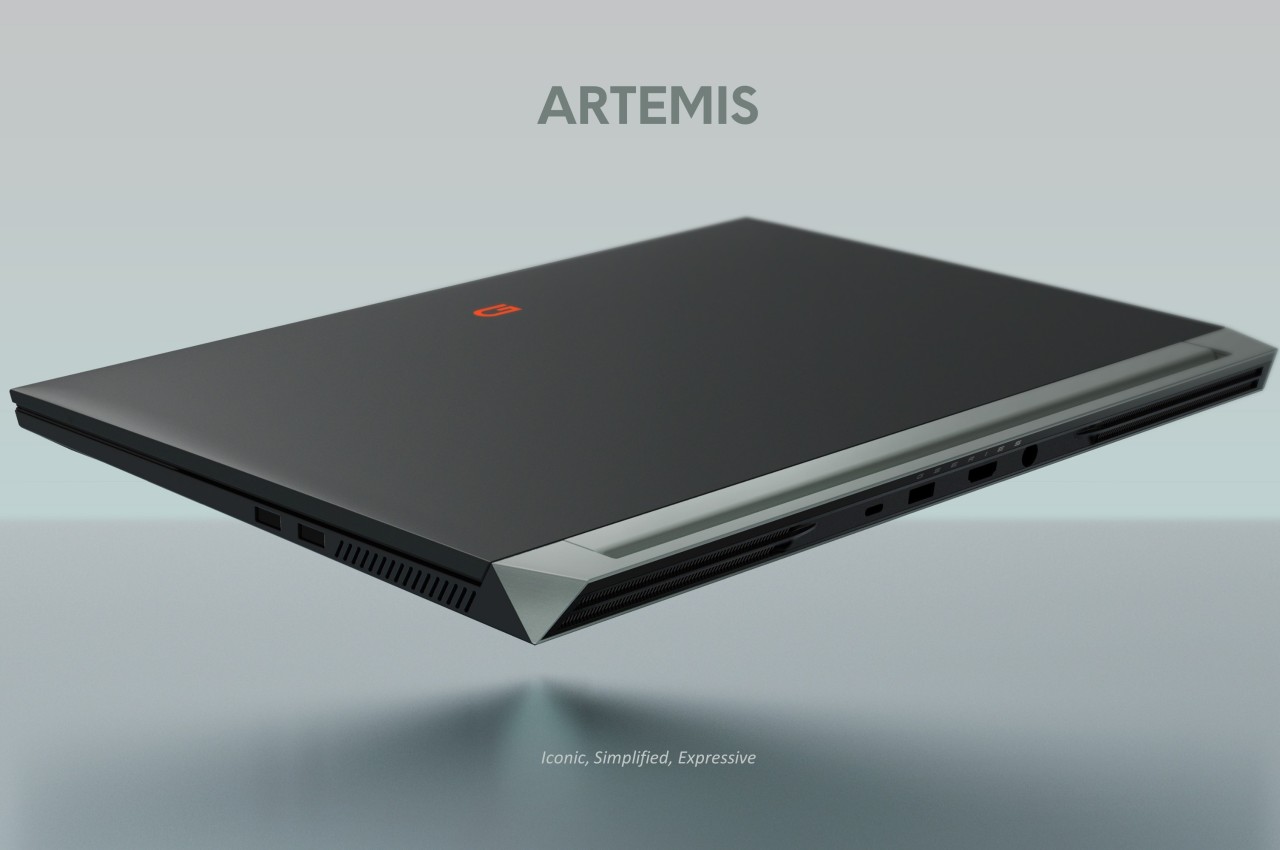
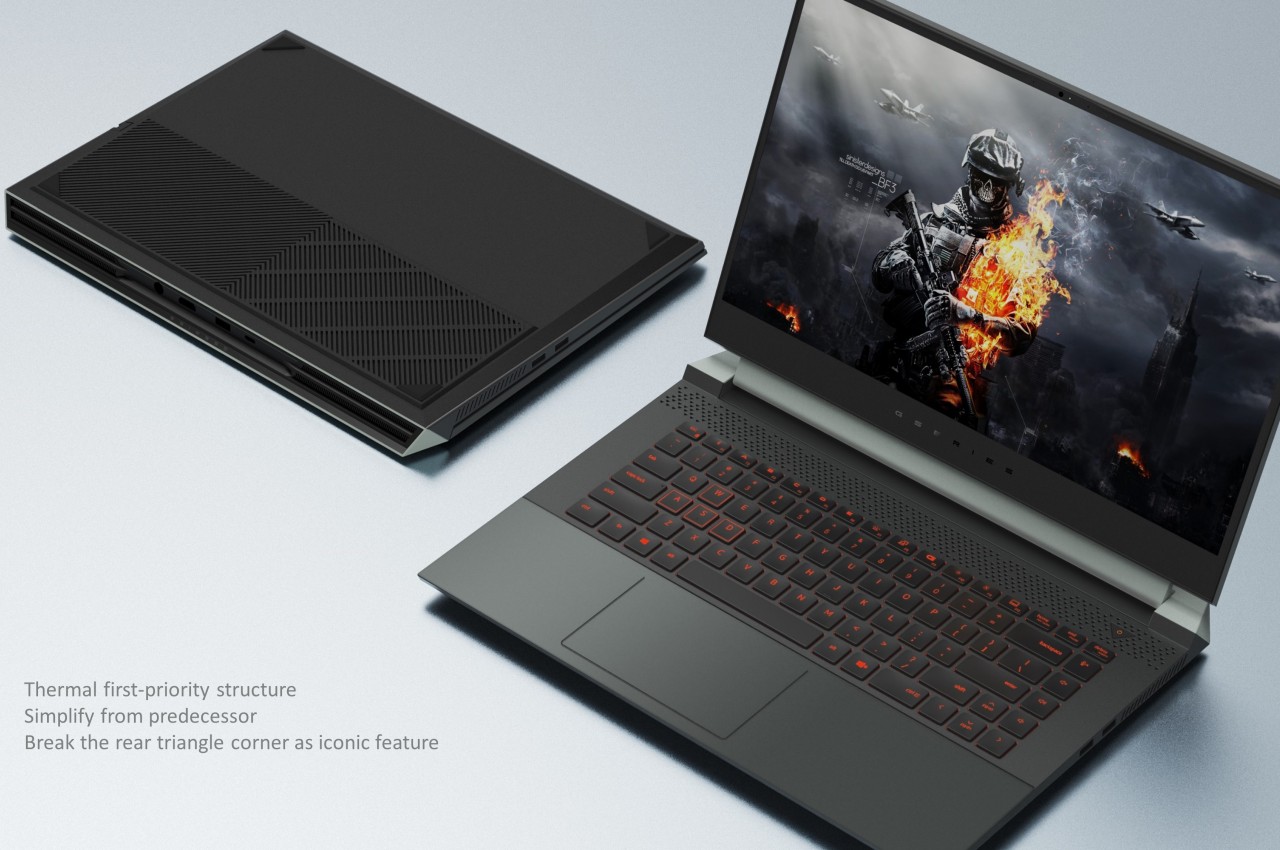
These concepts build on the shift in design language that Dell introduced in its gaming laptops in 2023, refining the aesthetics to make every design variation represent a particular segment of the gaming market. Of course, such sleek and elegant designs will only be possible if the technologies inside have reached a point where it’s possible to minimize the space they occupy. Thankfully, we are getting there, so designs like these could be just around the corner.
